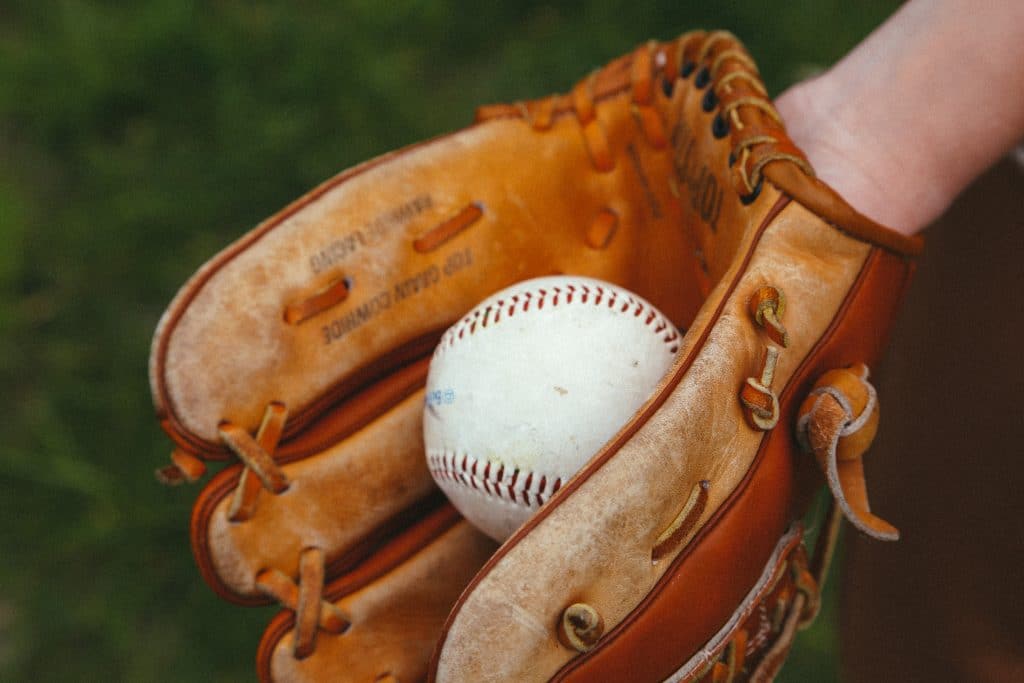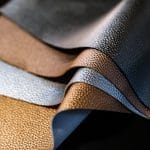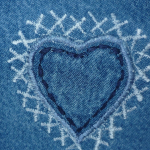Introduction
Do you love cricket? Do you ever wonder how the ball is made? Wonder no more! In this blog post, we will take a look at the step-by-step process of how leather balls are made. It is a fascinating process that starts with selecting the right leather and ends with the ball being ready for use on the cricket pitch. So, without further ado, let’s get started!
Table of Contents
- How is a Leather Ball Made?
- Step 1: Preparation
- Step 2: Processing
- Step 3 – Stitching
- Step 4: Corking
- Step 5 – Pressing
- Step 6: Polishing
- Step 7: Finishing
- The 3 different Colors of Leather Balls used in Cricket
- Is the difference in red, white, and pink balls due to the leather?
- Conclusion
The quality of a cricket ball is essential to international matches because it can have a significant impact on the game. You might not know this, but the cricket balls used in professional matches are made of leather. But what kind? Let’s explore the different types of leather that manufacturers use to make these sporty projectiles.
Most cricket balls are made from cowhide, but sometimes buffalo or ox leather is used instead. The type of leather used is important because the different types have slightly different properties, such as thickness and resilience.
Once the right kind of leather has been selected, it must be made into usable material for making cricket balls. This process consists of shaving off any large pieces or rough spots, then tanning and dyeing it to give it a vibrant color.
Let’s get into the whole process in detail.
How is a Leather Ball Made?
The core of a leather cricket ball is Cork, which is surrounded by tightly wound strings and finally covered with leather. Both the cork and leather from this tree give cricket balls their hardness and durability.
Although it may not seem like it, creating a cricket ball is an intricate and skilled art. Nearly three and a half hours of dedicated human labor is needed to produce just one leather cricket ball. The cricket balls go through a journey of production, polishing, and then finally they are branded before the players use them.
Step 1: Preparation
The process of making a cricket ball begins with the preparation of leather. This step includes shaving off any large pieces or rough spots, then tanning and dyeing it to give it a vibrant color.
The ball-making process begins with drying and compressing the leather to a thinness of 3mm or less.
Step 2: Processing
The cricket ball manufacturing process begins with the processing of leather, which involves purification and dyeing.
Step 3 – Stitching
After being initially processed, the leather and cork ball is manually held together with tools, before an operator stitches 60-80 times to keep the ball assembly in place.
Next, the leather is cut into two or four pieces before it is stitched together and shaped into a semi-circle, which will later become the two halves of the ball. The halves are stitched using thick thread.
Step 4: Corking
The cork core is inserted into the center of the ball, which gives it its bounce and shape. The string cover that goes around the cork is made from wool or cotton yarns, depending on the manufacturer’s preference.
Step 5 – Pressing
After the product is stitched together, it goes into a press machine in order to create even pressure on both sides of the ball. This results in a perfectly round shape.
Step 6: Polishing
Once the core and string cover has been inserted, the ball is then polished to give it a glossy finish. This process involves multiple layers of wax, followed by buffing with abrasive paper or cloth to create an even shine.
Step 7: Finishing
The finishing touches are added in this last step. The manufacturer may add their logo, a serial number and other identifying marks to the ball’s surface.
The finished cricket balls are now ready to be used in games!
The 3 different Colors of Leather Balls used in Cricket
As you are aware, red balls are commonly used in Test matches played domestically while white balls are reserved for limited overs games. For day-night Test matches, pink balls have been introduced.
Predominantly red and pink cricket balls experience less wear, while white balls are more conducive to swing.
Is the difference in red, white, and pink balls due to the leather? Let’s investigate.
Although the leather used to make red, white, or pink balls is of no changed type or quality, there is a difference in the way the leather is processed and how color is applied.
The red and white cricket balls get their color from dyeing the leather in red or white. However, the pink colored balls get their hue from the pigment with which the leather is coated.
Once the ball is initially treated, it’s important to then polish it with synthetic grease to protect against wet weather conditions. It’s best to let the leather soak in more grease at this stage.
In the case of the pink balls, limited amounts of grease are used to prevent making the ball too dark and shiny because the darker balls are more difficult to spot under the lights during day-night games. This is why the pink balls tend to lose their shine much more quickly when compared to red balls.
Conclusion
As you can see, it takes a lot of hard work and skill to make a leather cricket ball. From selecting the right kind of leather to the finishing touches, each step must be done with great care and precision. Only then can you have a perfectly round cricket ball that is ready for use on the field.
Now you know how cricket balls are made – so next time you watch a match, take a moment to appreciate all of the work that has gone into creating these delicate balls.
As the old proverb goes, “A game of cricket needs a good ball to get it rolling!”
So cheers to that – and enjoy the game!






